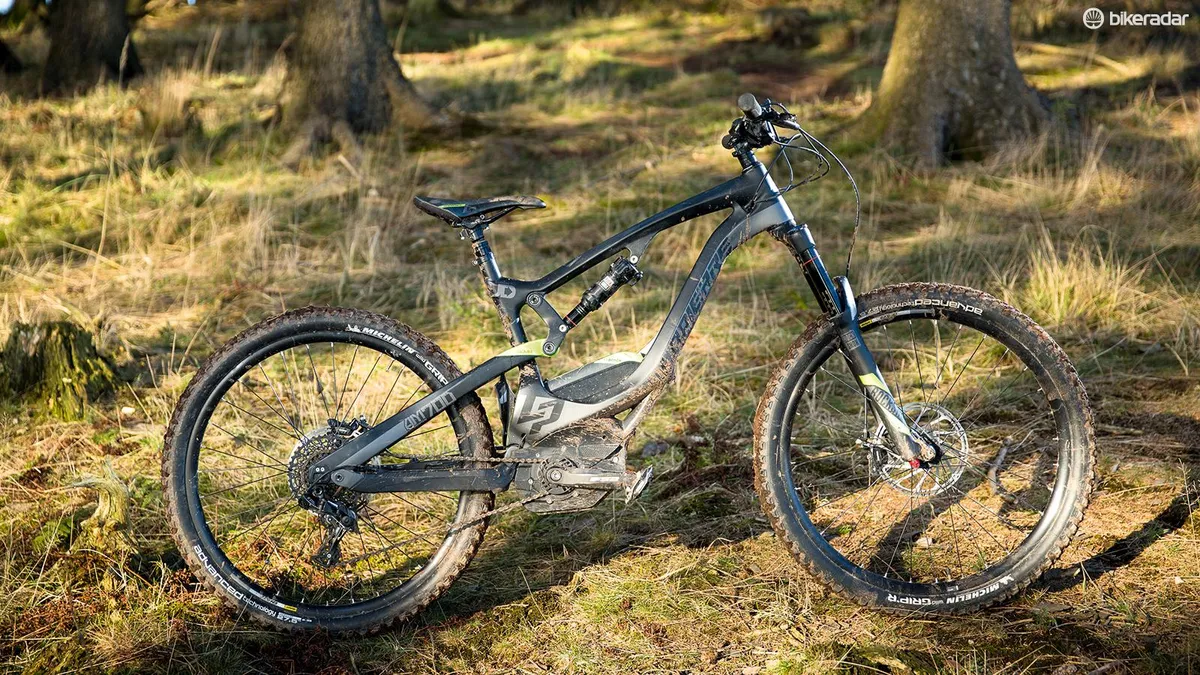No e-bike is ever going to be super light (well, except the 13kg concept Focus we saw last summer). However, any weight saving available is likely to boost on-trail performance.
Lapierre hasn’t shied away from either e-bikes or carbon in the past, so its introduction of a carbon Overvolt full-suspension e-bike is no surprise. Lapierre has combined its fibre experience with an already proven suspension design, thrown in weight placement designed to maximise ride control, to create its 23.5kg e-bike.
- Liv Vall-E+ 0 Pro first ride review
- Lapierre's new Bosch powered Overvolts are coming, plus AM 700i first ride review
Balancing act
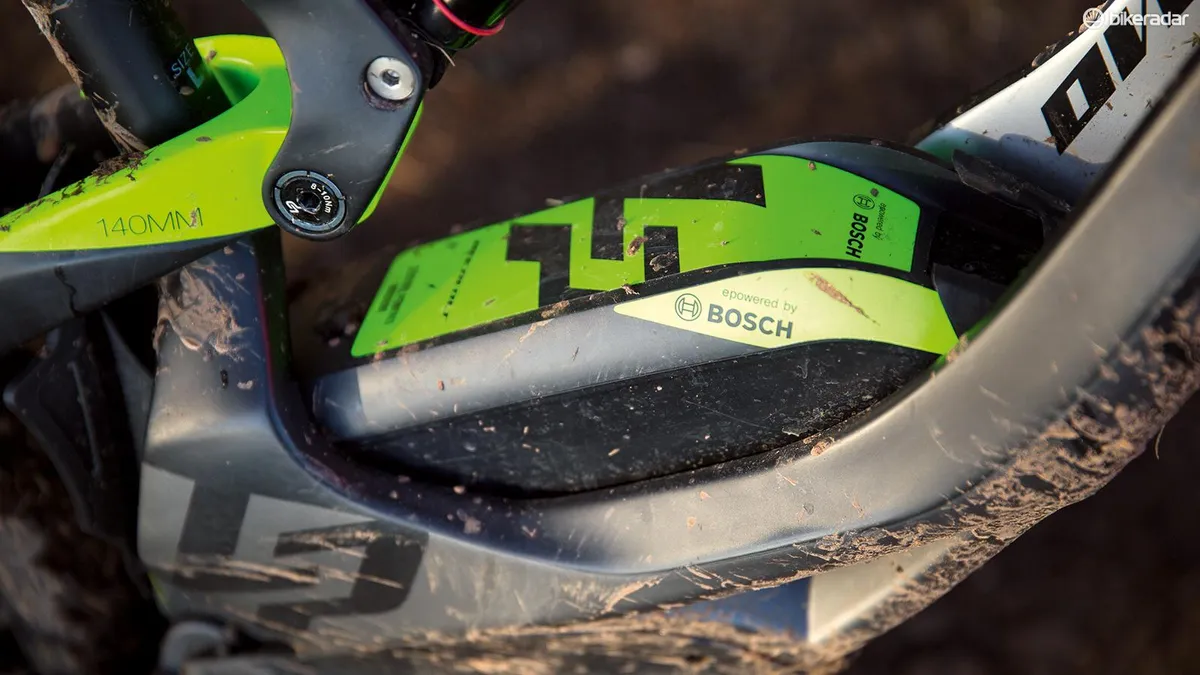
With a Bosch motor and battery to sling somewhere in the chassis, Lapierre has chosen what’s possibly the prime location — low and central.
While the position of the motor is effectively pre-determined, Lapierre has placed the battery in a carbon cradle just above it, rather than the usual along-the-down-tube system seen elsewhere. This helps lower and centralise the bike’s centre of mass, resulting in a bike that’s very well balanced front to back, and feels less prone to side-to-side cornering flop.
There’s plenty of protection for the battery, with the cradle’s edges punted out wide by your lower legs; that said, I never found my legs scuffing the frame. While it’s well placed, the cradle does seem to attract mud, though, and requires diligent cleaning to remove clumps of crud.
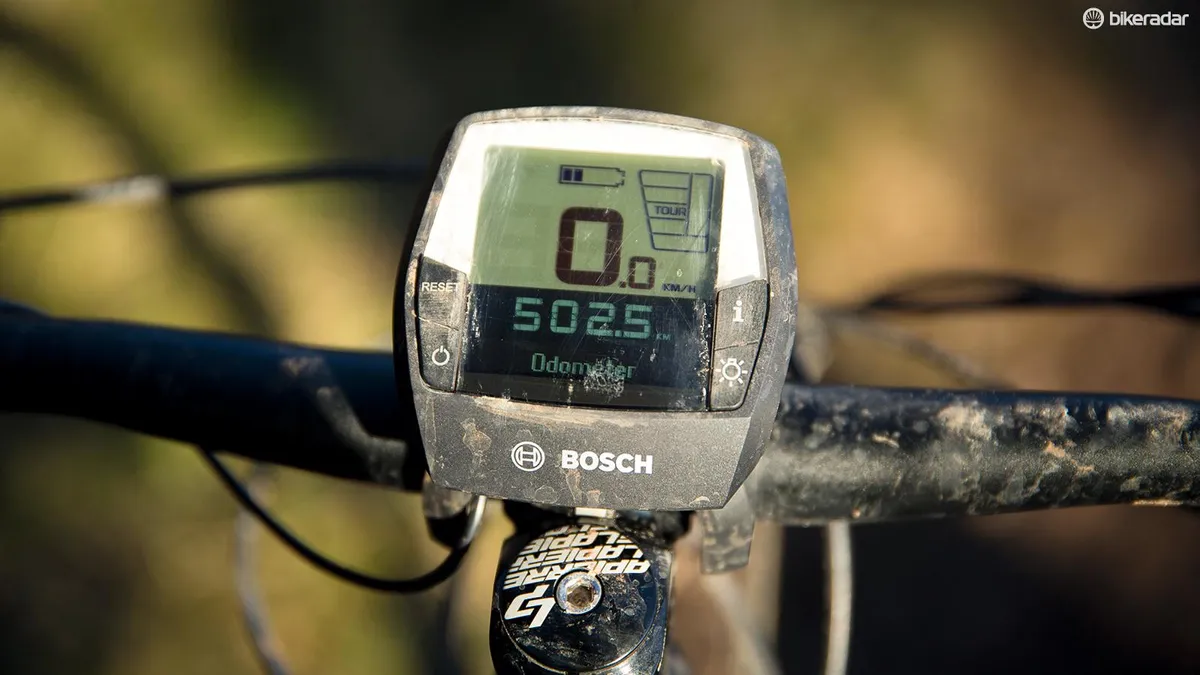
On the trail this weight placement helps the Overvolt overcome a few geometric flaws. For a start, my ‘large’ test bike has a reach of 437mm; even by conservative standards this is a short bike, shorter than many medium-sized bikes.
Arguably this is to balance out the Overvolt’s long 475mm (485mm in plus configuration) chainstays (which derive from having to squeeze a motor into the chassis) and prevent the 700 C turning into a barge.
Adding this mass in the middle of the bike works with the 66-degree head angle to counteract the skittish nature a bike that short may have. Still, it can’t compensate when it comes to feeling cramped between saddle and cockpit.
Kit conundrum
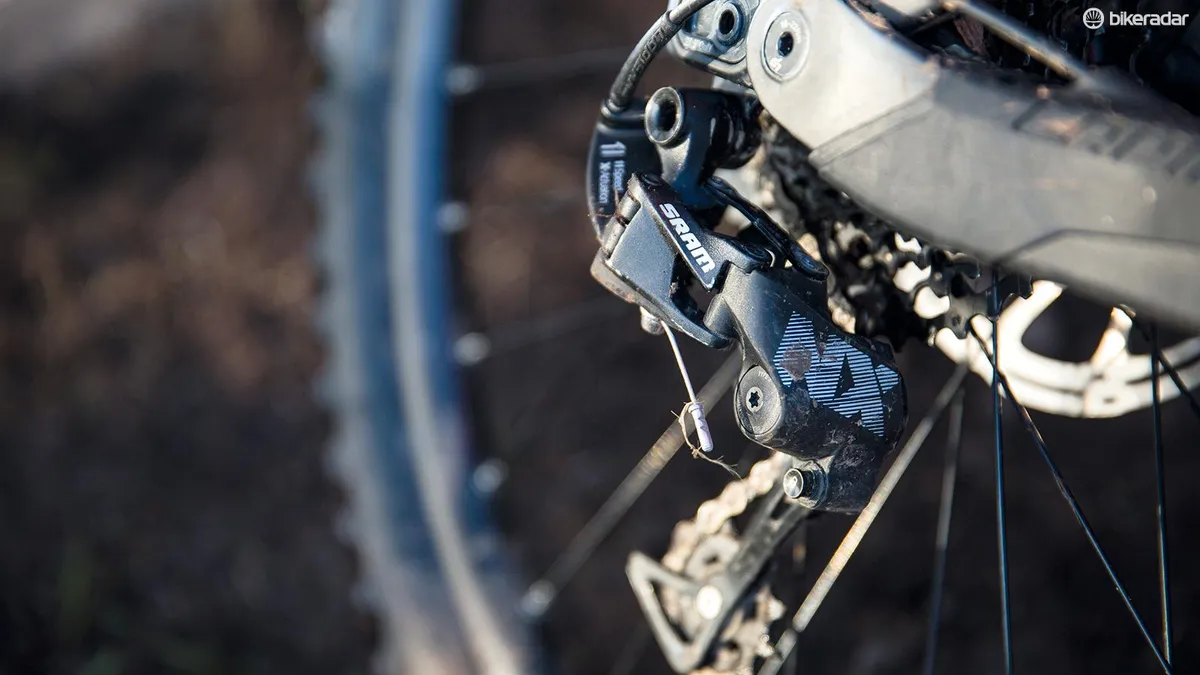
At £5,600 it’s not cheap. The combined forces of a carbon construction and the motor/battery unit account for the bulk of this price. Even so, the spec list still left me wanting.
Up front there’s the capable, but hardly high-end, RockShox Yari, which features the relatively basic Motion Control damper, and this is joined by a Deluxe RT shock at the back.
With the added weight of the bike the suspension is supple. However, I’d still like to see higher-end kit. This is mirrored in the bottom-rung SRAM NX groupset, which ‘only’ has the 11-42t cassette, and so misses out on top-end range. Mind you, the Guide RE brakes are spot on.
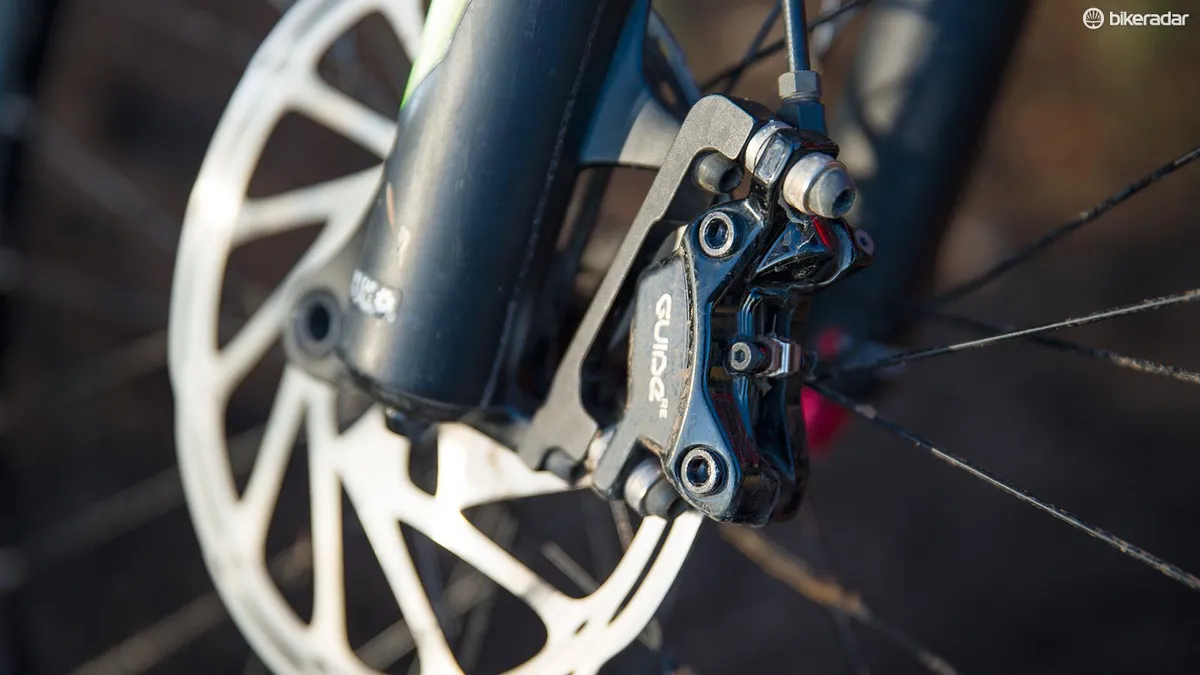
While the Boost-width wheels (Formula hubs in Mavic EX630 rims) are decent, the Michelin Wild Rock’R2 tyres let the side down. In sloppy mud their comparatively aggressively treaded knobs do bite through the mud well. Sadly, on any other wet surface their lack of grip is frustrating and, at times, terrifying.
The Overvolt’s trump card is that, with a flip of a chip in the frame, a set of plus wheels slot straight in for extra (dry) weather confidence.
On the trail then the Overvolt is a mixed bag. The Bosch motor performs as we’ve come to expect from e-bikes, enabling you to ride further, faster… which allows you to access more trails in a given time — no bad thing.
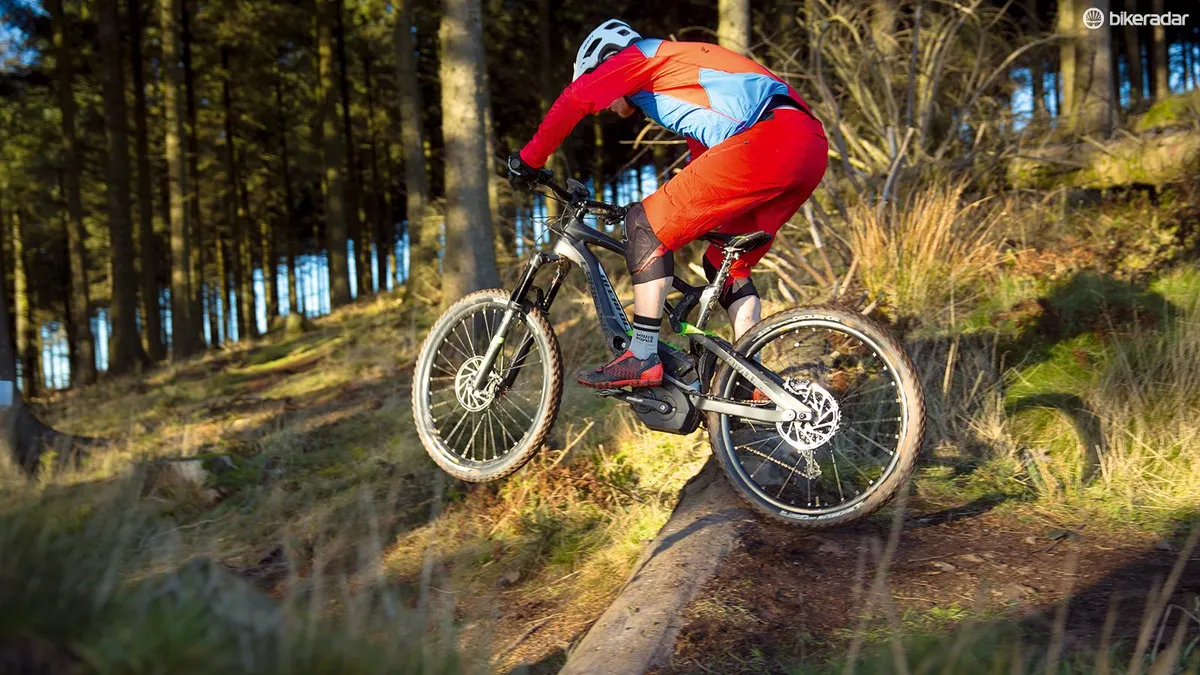
Lapierre’s OST+ suspension system has always been popular with testers, offering decent big- and small-bump performance, along with adequate levels of mid-stroke support and effective climbing prowess, even without using the shock’s lockout.
Swapping the tyres for something grippier, whether that’s softer compounds or plus tyres, will boost loose, damp and high-speed control — a new front tyre shouldn’t break the bank if the Overvolt hasn’t already. While the weight balance covers a lot of geometry sins, your weight is often further forward in steep terrain than is ideal.
In all honesty, were it not for the mass of the motor and battery in the middle, it would be hurriedly cast to the back of the garage. Lapierre should be thankful then that the centralised weight masks some of these shortcomings, allowing the bike to be ridden with more aggression than you might expect. Concentrating the weight in one place makes the bike feel much more balanced and neutral on the trail than it probably should.
